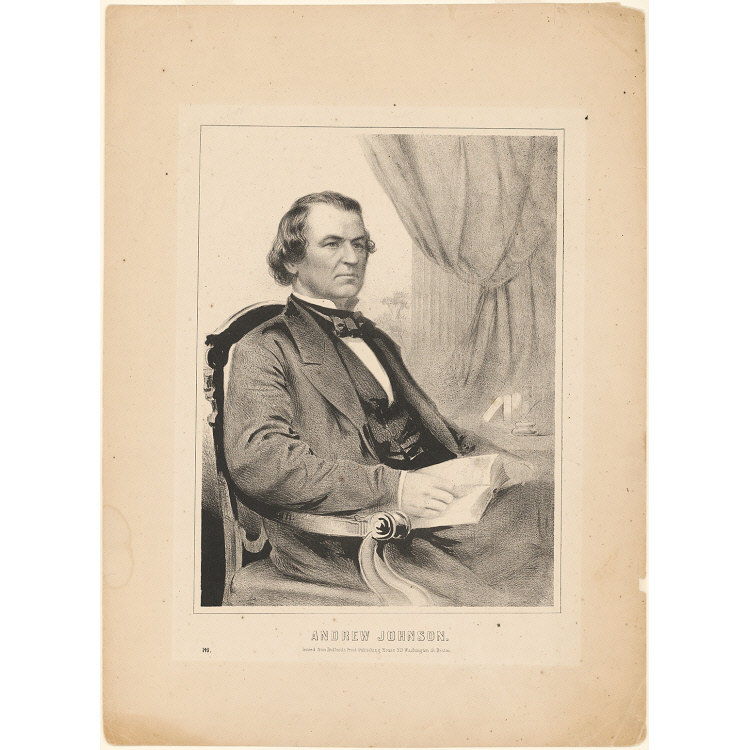John Henry Bufford
Bufford was the first employer and art teacher of Winslow Homer, but was also a prolific lithographer and competitor of Nathaniel Currier. Homer's fame as an artist and Currier's successful publishing firm, which became Currier and Ives, overshadow Bufford's legacy as a commercial illustrator of books and sheet music. Nevertheless, he was a popular and successful artist in his day. He also made drawings of disasters, a precursor to the newspaper photograph. Born in Portsmouth, New Hampshire, Bufford apprenticed in Boston and, by 1835, moved to New York, where he opened a lithography business. By 1840, he had returned to Boston and formed a partnership with his brother-in-law in a new lithographic printing firm, for which he did most of the drawing. The business, with and without his brother-in-law as partner, thrived until the late 1860s, when photolithography became a widely available, less expensive alternative. As an engraver, Bufford was dedicated to replicating faithfully the work of other artists. His own work after 1840, however, took on a sketchy, shorthand duality. With tastes already beginning to shift toward a photographic naturalism, he gradually withdrew from the drafting side of his business and hired younger artists to carry on in his place.
William H. Truettner and Roger B. Stein, editors, with contributions by Dona Brown, Thomas Andrew Denenberg, Judith K. Maxwell, Stephen Nissenbaum, Bruce Robertson, Roger B. Stein, and William H. Truettner Picturing Old New England: Image and Memory (Washington, D.C.; New Haven, Conn; and London: National Museum of American Art with Yale University Press, 1999




